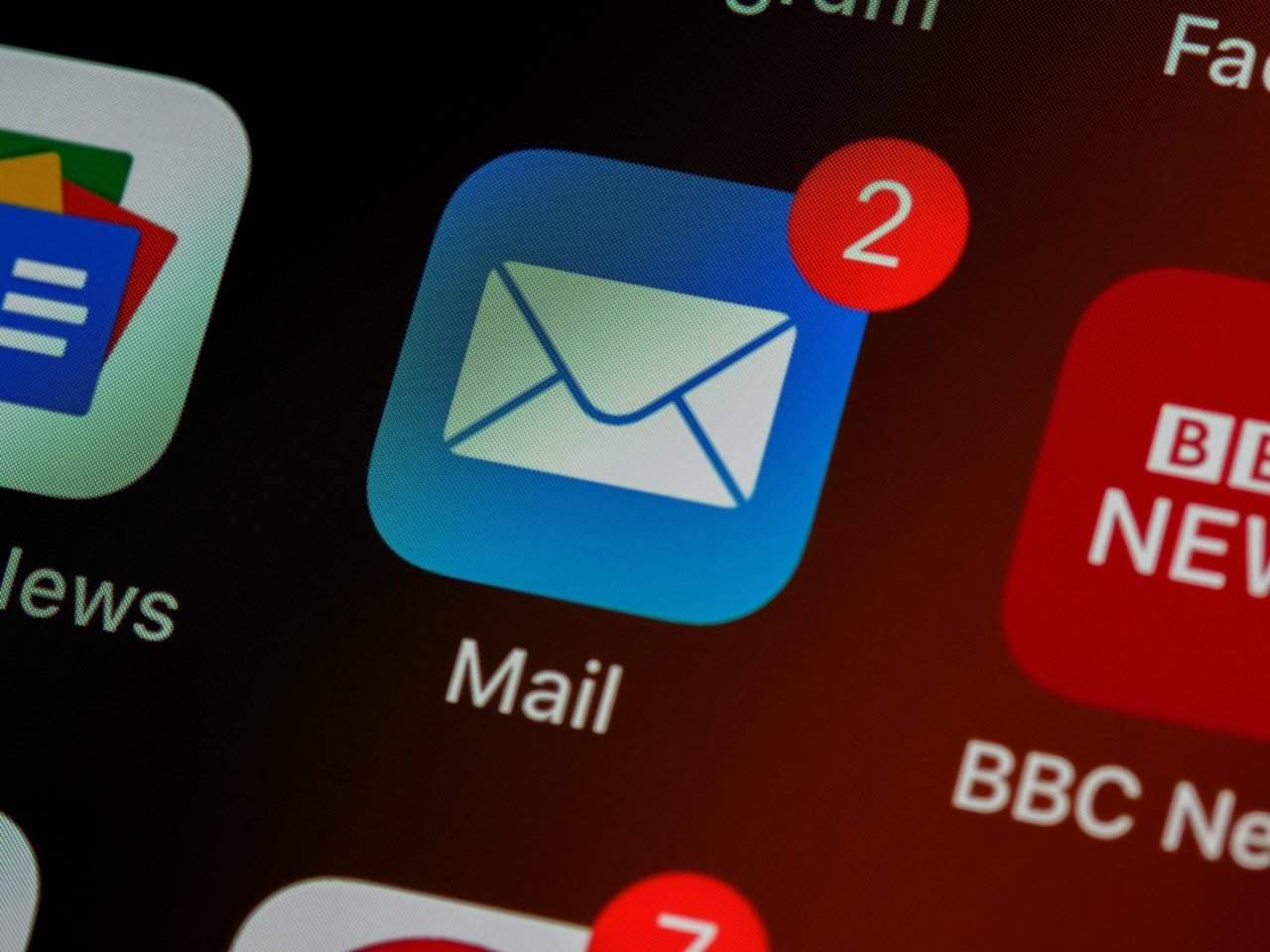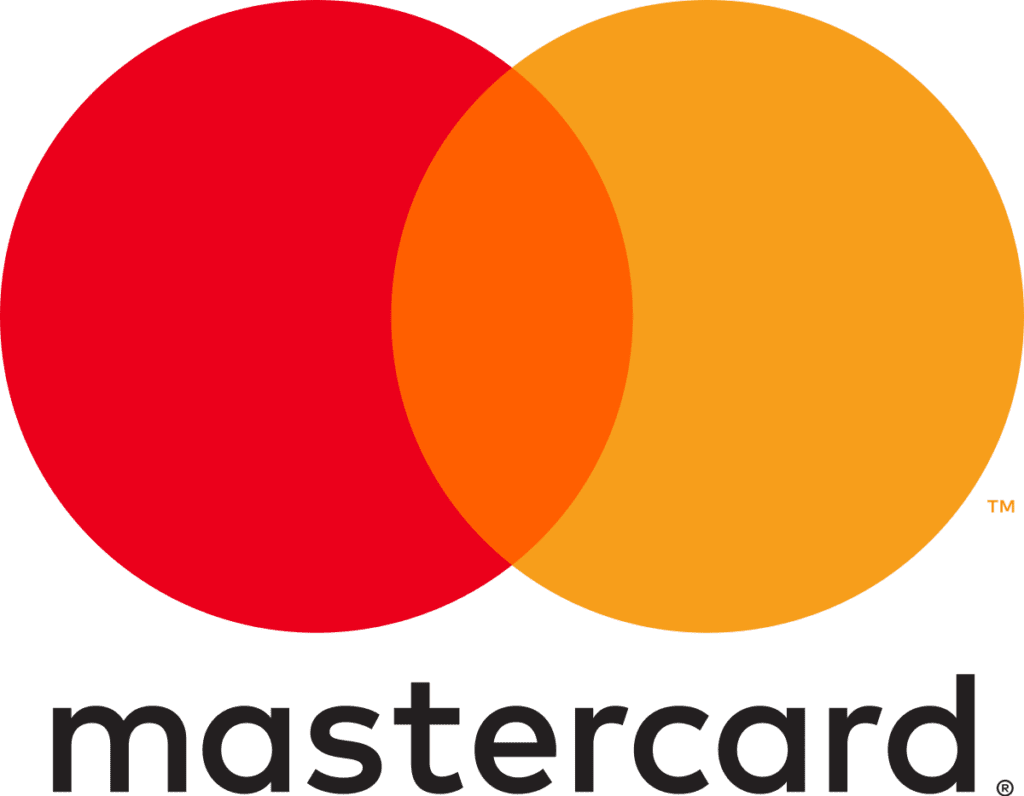Discover the key differences between ecommerce and ebusiness in this comprehensive guide. Learn how ecommerce focuses on online transactions and the buying and selling of goods and services, while ebusiness encompasses a wider range of business activities, including customer relationship management, supply chain management, and enterprise resource planning. Understand how leveraging the nuances of both can drive growth and efficiency in the digital landscape.
Meaning of Ecommerce and Ebusiness
In today’s digital age, understanding the distinctions between ecommerce and ebusiness is vital for businesses seeking to leverage online platforms effectively. Ecommerce, short for electronic commerce, centers on the buying and selling of goods and services through the internet. It encompasses both retail and wholesale transactions conducted via online platforms, offering convenience to consumers and businesses alike. Common examples of ecommerce activities include online shopping on websites like Amazon or eBay, and digital marketplaces facilitating transactions between buyers and sellers.
Conversely, ebusiness, or electronic business, represents a broader concept that includes ecommerce but extends well beyond it. Ebusiness refers to the digital enablement of a spectrum of business processes. It involves not just online transactions but also marketing, customer relationship management (CRM), supply chain management (SCM), and enterprise resource planning (ERP). Consequently, ebusiness covers activities such as online promotion strategies, improving customer service through integrated digital tools, and optimizing logistics and inventory systems via sophisticated software solutions.
The distinction lies in the scope: ecommerce is specifically concerned with the financial transactions of goods and services, while ebusiness encompasses the complete range of conducting business online. In a typical ebusiness model, companies may utilize digital means for market research, partner interactions, employee communication, and maintaining supplier networks, alongside traditional ecommerce functions like selling and purchasing. This differentiation ensures that leveraging the strengths of both approaches can drive comprehensive growth and efficiency in the digital landscape.
Thus, while ecommerce can be seen as a subset of ebusiness, the latter provides a more extensive framework for implementing technological innovations across various business operations. By recognizing these key differences, organizations can better strategize their digital transformations, targeting both the transactional and operational aspects of their online presence to gain a competitive edge.
Definition of Ecommerce and Ebusiness
Ecommerce, short for electronic commerce, encompasses the process of conducting commercial transactions electronically over the internet. This broad term includes various activities such as online shopping, online banking, and electronic payments. Online shopping represents the most notable form of ecommerce, where consumers and businesses buy and sell goods and services via online platforms. Additionally, ecommerce entails other financial transactions conducted through the internet, such as bill payments, money transfers, and investments. According to industry experts, ecommerce revolutionizes the way businesses and consumers interact, providing a faster, more convenient, and often more cost-effective way to conduct transactions.
On the other hand, ebusiness, or electronic business, extends beyond the concept of buying and selling. It refers to the application of information and communication technologies (ICT) to support a wide range of business activities. This broader term encompasses the use of the internet to enhance traditional business operations. Thereby improving customer service, streamlining supply chains, and optimizing business processes. Unlike ecommerce, ebusiness includes both frontend and backend processes supported by ICT. Frontend processes improve customer interaction and marketing strategies, while backend processes. Such as inventory management and procurement, benefit from increased efficiency and reduced errors. Authoritative sources emphasize that ebusiness plays a pivotal role in enabling companies to remain competitive by leveraging technological advancements to enhance operational efficiency.
Understanding the nuances between ecommerce and ebusiness is essential for businesses aiming to harness the potential of digital technologies. Ecommerce focuses on the transactional aspect, primarily involving the exchange of goods and services online. In contrast, ebusiness encompasses a wider scope, integrating various ICT tools to transform and optimize business processes comprehensively. This distinction is crucial, as it highlights the different approaches and technologies required to excel in each area. Guiding businesses in making informed decisions on digital strategies to adopt.
Comparison Table of the Differences Between Ecommerce vs Ebusiness
Understanding the distinctions between ecommerce and ebusiness is crucial for grasping how businesses operate and leverage digital technologies. The comparison table below outlines various aspects of both concepts to provide a clear and comprehensive understanding.
| Aspect | Ecommerce | Ebusiness |
|---|---|---|
| Scope | Limited to buying and selling of goods and services online | Encompasses a broad range of business activities including internal and external communications, digital product development, and customer service |
| Core Activities | Online transactions, electronic payments, digital marketing | Supply chain management, customer relationship management (CRM), enterprise resource planning (ERP), and other business functions |
| Objectives | Revenue generation through online sales | Improving overall business efficiency, enhancing customer satisfaction, and streamlining operational processes |
| Technology Used | Shopping carts, online payment gateways, digital marketing tools | ERP software, CRM systems, enterprise collaboration tools, and other business process management software |
| Practical Applications | Online retail stores, auction sites, subscription services | Integrated communication platforms, supply chain solutions, business analytics |
| Target Users | End consumers looking to buy products and services | Business owners, managers, employees, and other stakeholders aiming to optimize business processes |
| Impact on Business Operations | Direct impact on sales and revenue streams | Broader impact on operational efficiency, cost reduction, and overall business performance |
This comparison table illustrates that while ecommerce focuses mainly on online financial transactions. Ebusiness encompasses a wider array of digital activities to improve operational efficiency and customer interactions. By understanding these differences, businesses can better strategize to meet their specific objectives and leverage appropriate technologies.
Key Differences Between Ecommerce vs Ebusiness
The core distinction between ecommerce and ebusiness lies in their operational focus. Ecommerce primarily targets online sales transactions, encompassing activities such as buying and selling of products and services through digital platforms. This focus is largely transactional, aiming to drive sales, expand market reach, and enhance customer experience through streamlined purchasing processes.
In contrast, ebusiness encompasses a wider spectrum of business processes beyond simply selling online. It includes vital functions such as inventory management, which ensures optimal stock levels and reduces overstocking or stockouts. Ebusiness also addresses risk management, implementing strategies to mitigate various operational risks. Furthermore, online marketing strategies are employed to enhance brand visibility and customer engagement. Through tactics like SEO, social media campaigns, and email marketing.
Another significant area of difference is in their objectives. Ecommerce’s primary goal is to bolster sales and broaden market penetration by leveraging the internet’s global reach. By facilitating seamless online transactions, it aims to attract more customers and increase revenue. On the other hand, ebusiness strives for overall operational efficiency and business optimization. It seeks to streamline processes, reduce costs, and enhance productivity, ultimately leading to a more agile and responsive business model.
Technological applications also differentiate the two domains. Ecommerce relies heavily on technologies like ecommerce platforms (Shopify, Magento), secure payment gateways, and user-centric website design to create a frictionless shopping experience. Ebusiness, however, integrates a broader range of technologies. Including enterprise resource planning (ERP) systems, customer relationship management (CRM) software, and sophisticated analytics tools. These technologies support comprehensive functions such as supply chain management, customer service, and data-driven decision making.
Ultimately, while ecommerce is a critical component of ebusiness. The latter’s broader scope includes all facets of managing and operating a business in the digital realm. This holistic approach helps companies adapt to market changes, optimize their operations, and sustain long-term growth in an increasingly competitive landscape.
Examples of Ecommerce vs Ebusiness
Understanding the practical applications of both ecommerce and ebusiness is essential for appreciating their distinct roles in the modern business landscape. Ecommerce, typically exemplified by companies like Amazon and eBay, involves directly conducting transactions with consumers through online platforms. These transactions span the entirety of the purchase process—from browsing products to making secure payments. Through their ecommerce operations, Amazon and eBay have revolutionized retail by providing unparalleled convenience, a broad selection of products, and competitive pricing. These platforms employ sophisticated algorithms and data analytics to personalize the shopping experience, thus maximizing customer satisfaction and loyalty.
However, the scope of ebusiness extends beyond the direct buying and selling processes associated with ecommerce. Take IBM and Apple, for example. These organizations leverage Information and Communication Technology (ICT) to not only manage internal operations. But also develop digital platforms and deliver comprehensive customer service. IBM uses ICT tools for advanced data analytics, cloud computing services, and enterprise solutions that enable businesses to optimize their operational efficiency. Apple, on the other hand, creates an integrated ecosystem through its digital platforms. Ensuring seamless interaction between its hardware, software, and services. This comprehensive approach enhances customer engagement and brand loyalty, setting a higher standard for customer service.
By examining these real-world examples, we can discern the advantages that ecommerce and ebusiness strategies provide. Ecommerce facilitates scalable retailing opportunities that can reach global consumers in a cost-effective manner. In contrast, ebusiness strategies emphasize optimizing operational workflows and enhancing overall customer experiences through technological integration. Companies that successfully merge ecommerce and ebusiness strategies can create a robust, adaptable, and customer-centric business model. This holistic approach not only meets immediate consumer demands but also fosters long-term growth and innovation.



















